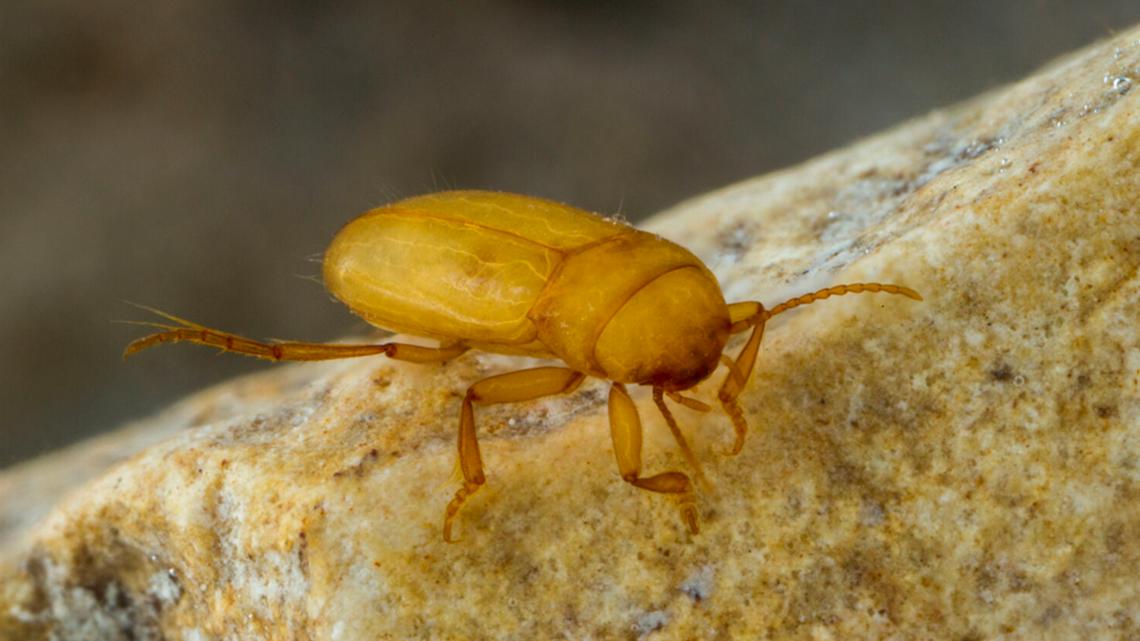
The Edwards Aquifer diving beetle doesn’t “warrant listing” as a threatened species, according to the U.S. Fish & Wildlife Service. 🪲
HAYS COUNTY, Texas — A beetle found in two Central Texas counties will not be considered a threatened and/or endangered species, as categorized by the Endangered Species Act.
According to the U.S. Fish & Wildlife Service, the Edwards Aquifer diving beetle “does not warrant” a spot as an endangered species. It’s currently listed in the Environmental Conservation Online System as “Under Review.”
This blind beetle was originally petitioned to be included as an endangered species back in 2009 because of the small area in which it lives, as well as risks from the aquifer, pollution and drought.
Also known as the Texas Cave beetle, this insect lives in Hays and Comal counties in the Edwards Aquifer. Despite its name, the blind beetle does not live in a cave, but rather, “within a subterranean aquifer system that is inaccessible to humans,” according to the U.S. Fish & Wildlife Service.
The small creature is less than .5 inches in size, with a flat, translucent body with hairs on its back legs to help it swim. The beetle was the first of its kind to be discovered in the U.S., per the Edwards Aquifer Habitat and Conservation Plan (EAHCP).
Specifically, Texas Cave beetles are located in the Comal and San Marcos springs, typically in dark areas of moving water. They often eat bacteria or dead shrimp.
Other types of beetles are also found in the Edwards Aquifer, such as the Comal Springs riffle beetle and the Comal Springs dryopid beetle. Both of these are endangered or threatened, and they are two of seven species recently added to a recovery plan shared by the U.S. Fish & Wildlife Service.
Other organisms on the list include the Texas blind salamander, the San Marcos salamander and the fountain darter (a type of freshwater fish).
